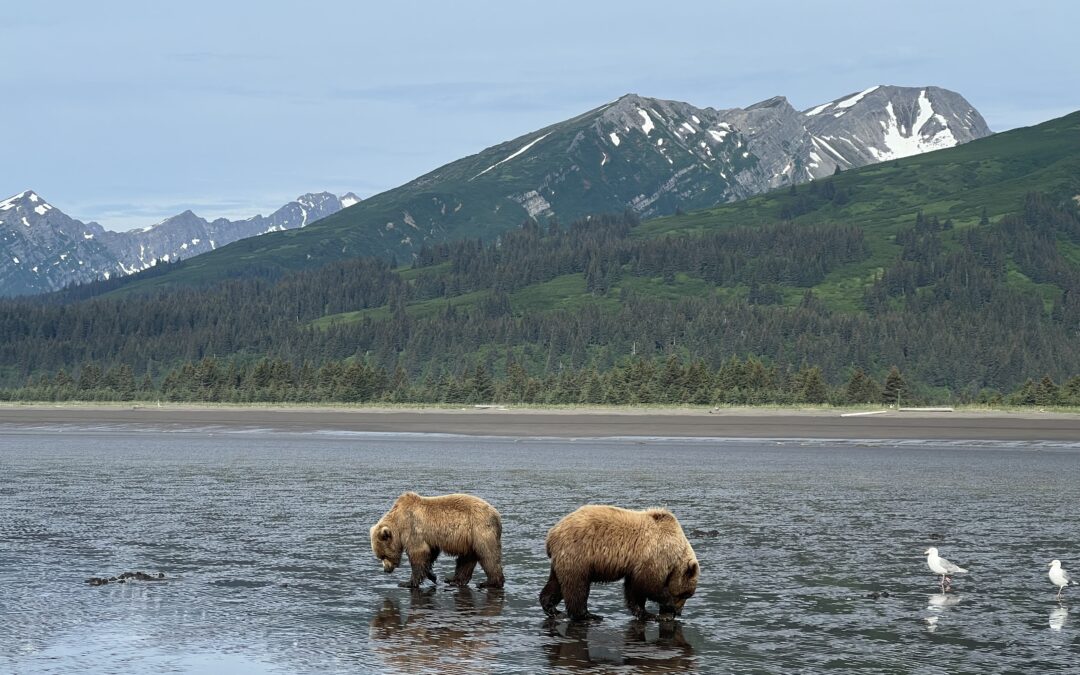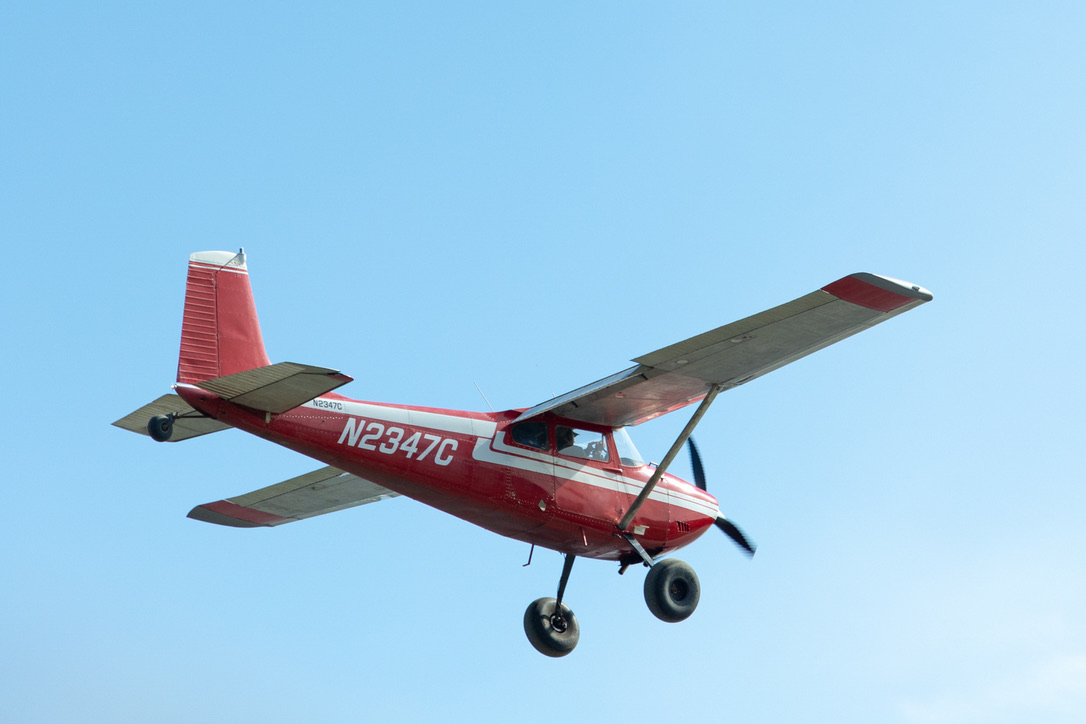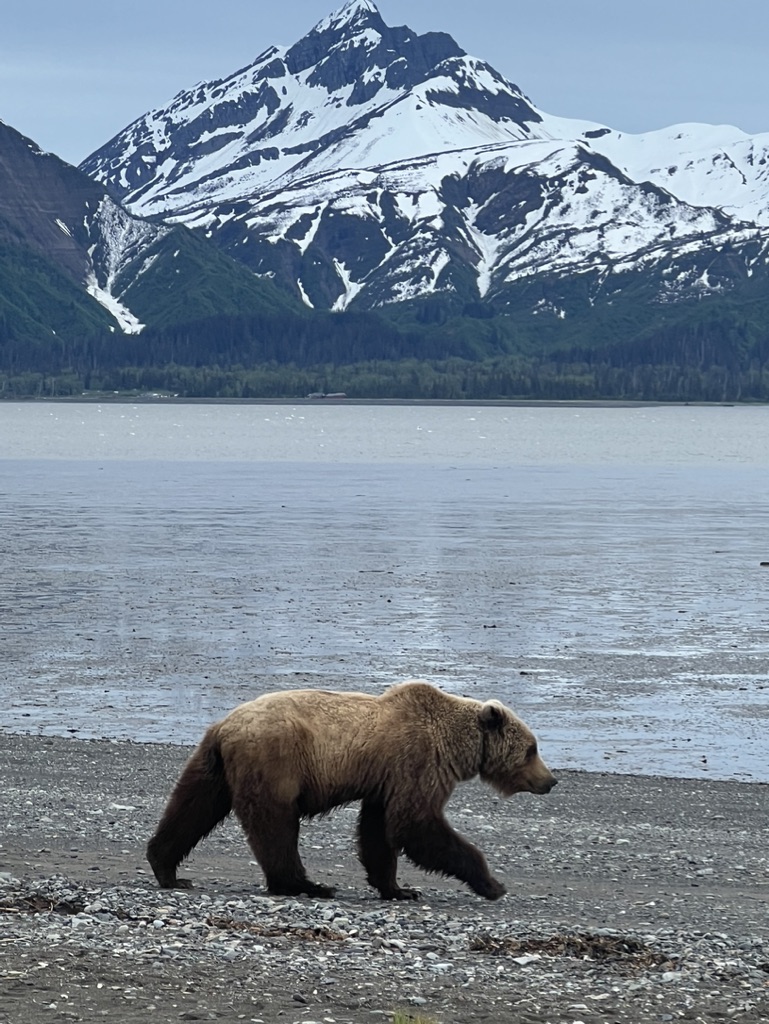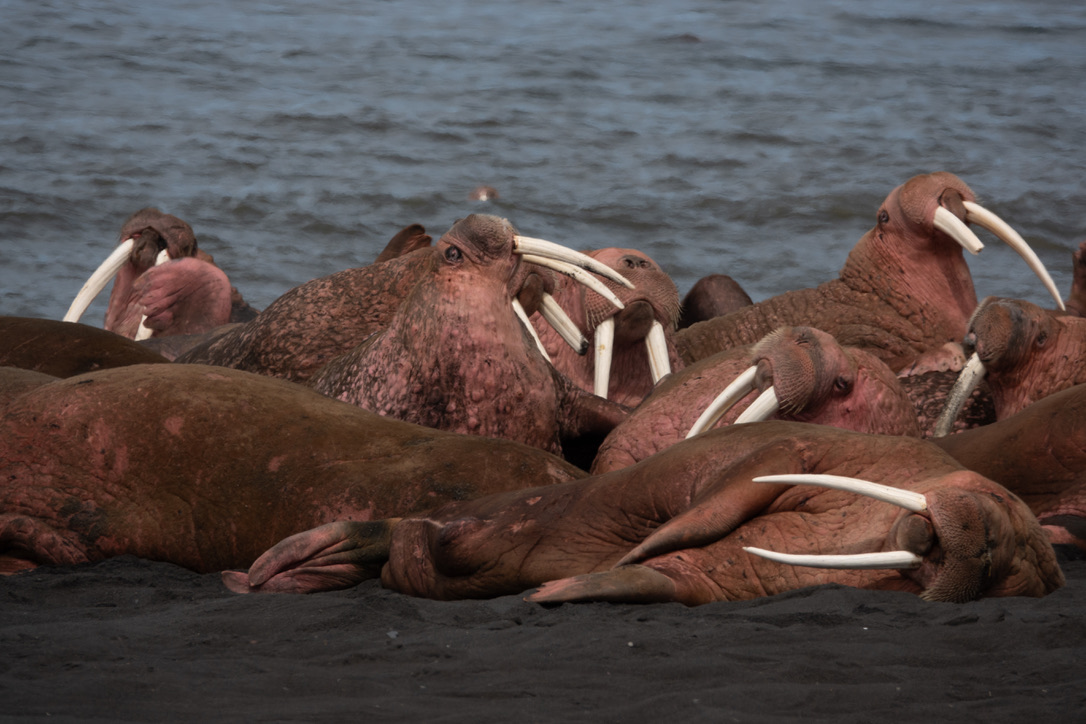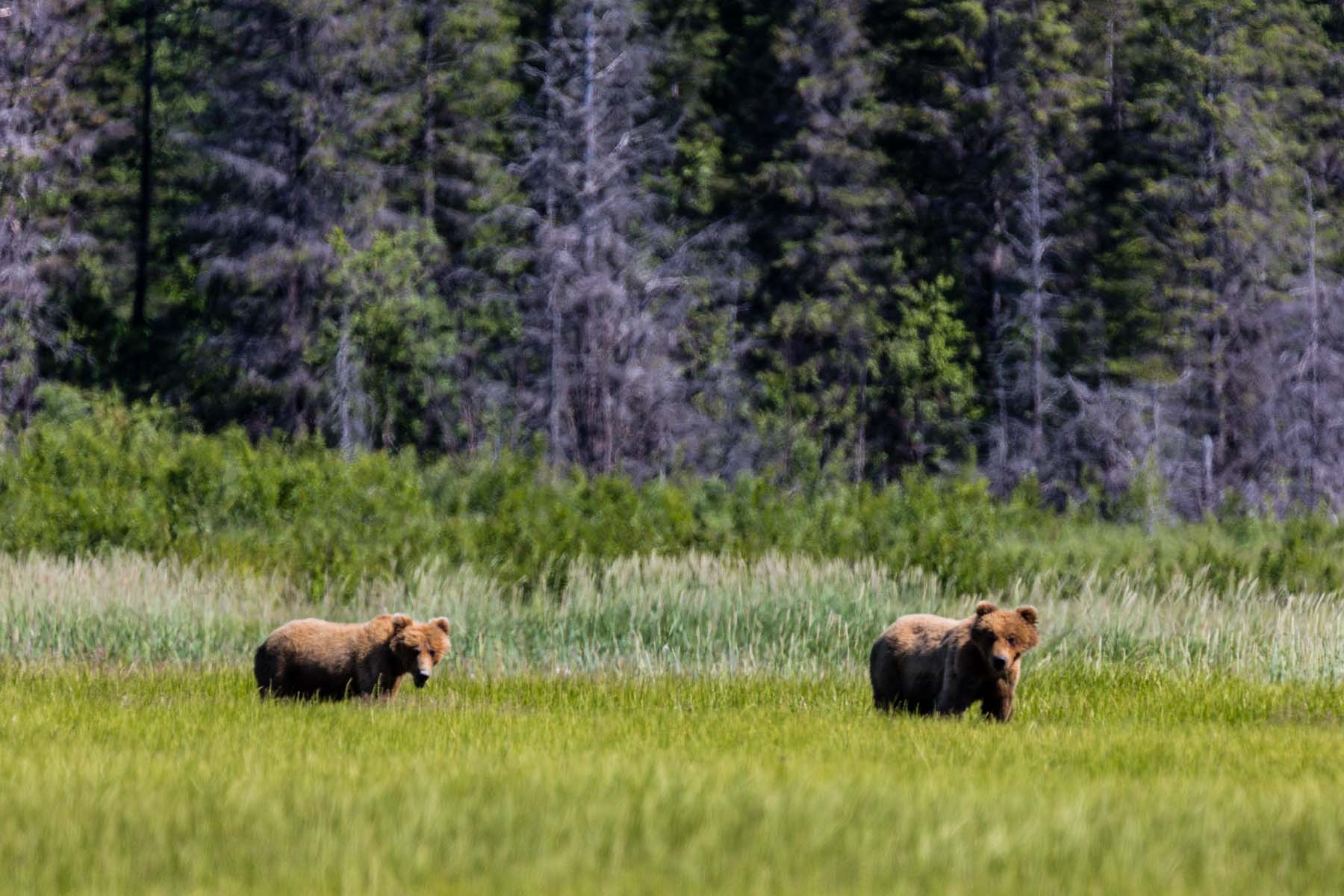Imagine soaring high above the rugged Alaskan wilderness, with endless blue skies, snow‐capped mountains in the distance, and, below you, the chance to witness majestic brown bears in their natural habitat. If that sounds like your dream adventure, you’re in the right place. In this comprehensive guide, we’re diving deep into the world of bear-viewing flights in Alaska. We’ll cover everything—from the logistics of planning your trip and what to pack, to behind‑the‑scenes details about how these flights operate, and even the economic and environmental impact of these unique adventures. So, buckle up (or fasten your seatbelt), and let’s take off on an unforgettable aerial journey through Alaska’s wild skies!
Table of Contents
- Why Choose Bear Viewing Flights?
- What Are Bear Viewing Flights?
- Planning Your Alaskan Aerial Adventure
- The In-Flight Experience: What to Expect
- Behind the Scenes of Bear Viewing Flights
- Tips and Best Practices for a Successful Adventure
- Economic and Environmental Impact of Bear Viewing Flights
- Frequently Asked Questions
- Conclusion and Final Thoughts
Why Choose Bear Viewing Flights?
Alaska isn’t just the “Last Frontier”—it’s a place where nature’s raw beauty and wildlife come together in a way that few other places on Earth can offer. If you’re a nature enthusiast, wildlife photographer, or simply an adventurer craving a break from the ordinary, bear-viewing flights provide an unparalleled way to experience the wild, untamed landscapes of Alaska.
Here’s why bear-viewing flights are a must-try:
- Unmatched Aerial Perspective: The view from above is nothing short of breathtaking. From the air, you can admire vast glaciers, sprawling forests, and meandering rivers—all while knowing that below, the bears roam free.
- Close Encounters with Wildlife: While no one can guarantee a bear sighting (they’re wild animals, after all), the unique vantage point of a floatplane or helicopter increases your chances of witnessing these magnificent creatures in action.
- Adventure and Discovery: These flights are not just about seeing bears; they’re about immersing yourself in the Alaskan wilderness, learning about the local ecosystem, and appreciating the delicate balance between human activity and nature.
- Economic and Environmental Benefits: Bear viewing flights play an essential role in promoting sustainable tourism and supporting local communities. They generate significant economic benefits while fostering a deeper respect for Alaska’s natural environment.
For more on how bear-viewing adventures boost local economies, check out the study by the University of Alaska Fairbanks npshistory.com.
What Are Bear Viewing Flights?
Bear viewing flights in Alaska are specialized air tours that transport you from a major hub (like Anchorage, Homer, or Soldotna) to remote wilderness areas known for their abundant wildlife, particularly brown bears. These flights are typically operated using small aircraft or floatplanes that can land on water, allowing access to remote locations that are otherwise inaccessible by road.
Key aspects include:
- Flightseeing Tours: In addition to transporting you to prime bear viewing spots, these flights offer stunning aerial views of Alaska’s dramatic landscapes, including glaciers, mountain ranges, and coastal vistas.
- Fly-In Adventures: Many of these tours combine the excitement of flight with on-ground experiences. After landing, you may have a chance to join guided excursions on foot, offering an intimate look at the bears’ natural habitat.
- Safety and Education: Prior to taking off, you’ll receive a thorough safety briefing and an introduction to the basics of bear behavior and local environmental guidelines—ensuring that your adventure is not only thrilling but also responsible and safe.
These flights combine the thrill of aviation with the excitement of wildlife viewing, making them an ideal choice for adventurers looking to capture that perfect wildlife photograph or simply experience Alaska in a way few ever do.
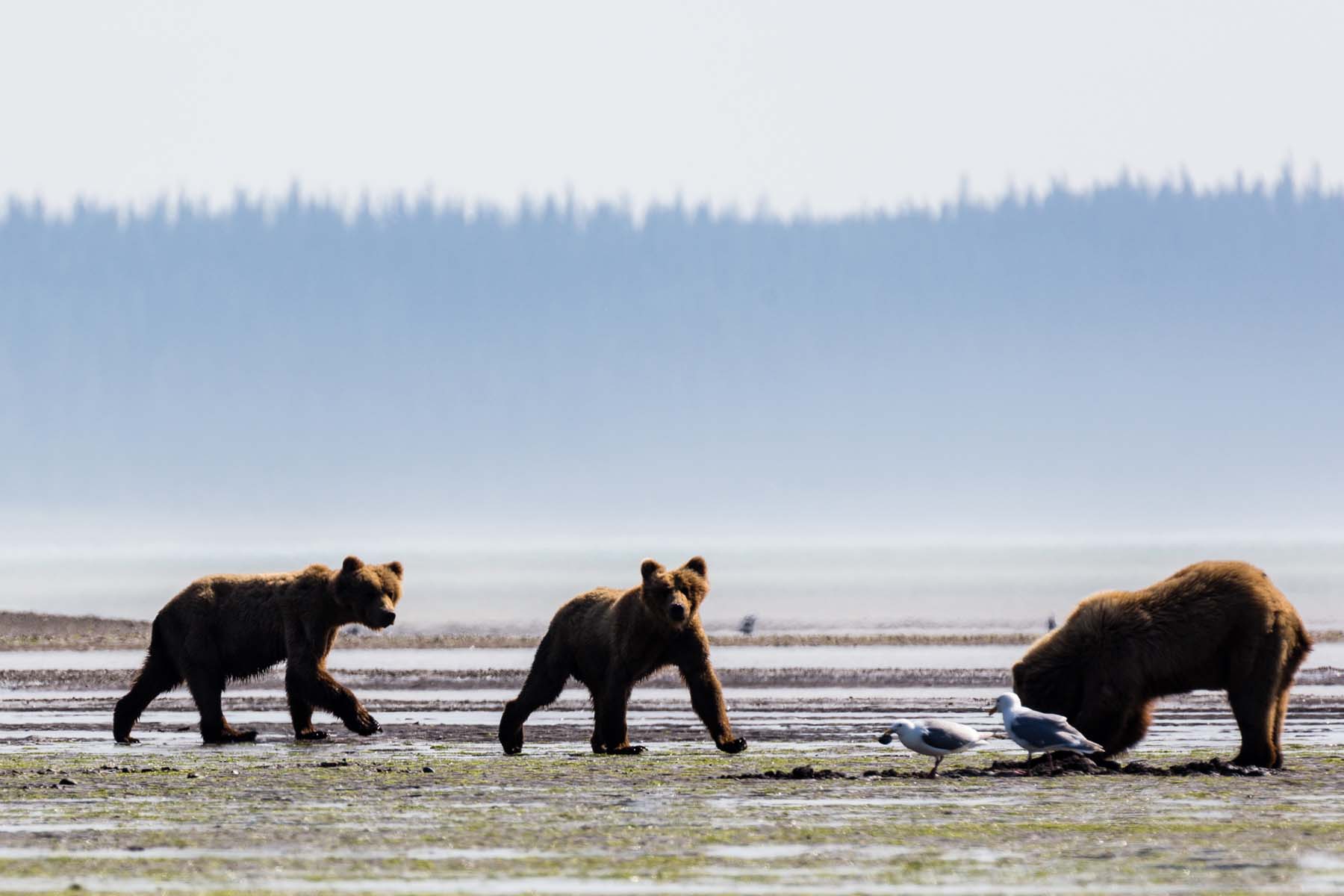
Planning Your Alaskan Aerial Adventure
Planning an aerial adventure in Alaska requires some preparation—but don’t worry, we’ve got you covered. Whether you’re a seasoned traveler or a first-time explorer, careful planning ensures that your bear viewing flight is smooth, safe, and unforgettable.
Logistics and Transportation
Getting to Alaska:
Most bear-viewing flights require you to fly into a major Alaskan hub like Anchorage or Homer. From there, you’ll catch a connecting flight to a remote airstrip or floatplane base. Keep in mind:
- Air Accessibility: In Alaska, many wilderness areas are accessible only by air. This is why bear-viewing flights are often operated using small planes or floatplanes that can land on water.
- Flexible Scheduling: The weather in Alaska can be unpredictable, so it’s a good idea to plan extra time in your itinerary.
- Local Transportation: Some flights include shuttle services from the airport to your final viewing destination.
What to Pack and Wear
When preparing for your bear-viewing flight, it’s essential to pack smart and dress appropriately. Here are some tips:
- Layered Clothing: Alaska’s weather can change rapidly. Wear moisture-wicking base layers, an insulating middle layer (like fleece), and a waterproof, windproof outer layer.
- Footwear: Comfortable, sturdy shoes or boots are a must. Many flights require you to disembark onto uneven surfaces or shallow water.
- Accessories: Don’t forget sunglasses, a hat, and gloves. Bring a good pair of binoculars and a camera with a telephoto lens (300mm or more) to capture those incredible close-ups of bears.
- Extras: Pack a small daypack with snacks, water, extra batteries, memory cards, and any necessary medications.
- Avoid Scented Products: To minimize attracting bears or disturbing their natural behavior, avoid using strongly scented lotions or perfumes.
Health, Safety, and Fitness Requirements
Bear-viewing flights are generally safe and require a moderate level of physical fitness. However, it’s important to note:
- Mobility: You should be able to walk on uneven surfaces, possibly through shallow water, for distances of up to 2–3 miles.
- Health: If you have any health concerns, particularly those affecting mobility or respiratory function, consult with your doctor before planning your trip.
- Guidelines: Most operators provide a detailed safety briefing before the flight, which includes instructions on how to behave around wildlife and what to do in case of unexpected weather changes.
For additional details on physical requirements, check out some of the FAQs on bear viewing flights from providers like Rust Flying Service: Flyrusts.com.
The In-Flight Experience: What to Expect
One of the most thrilling aspects of a bear-viewing flight is the entire journey—from the moment you board the plane until you return home with memories that will last a lifetime.
Pre-Flight Orientation and Safety Briefings
Before taking off, you’ll usually be gathered for a pre-flight briefing. This session covers:
- Safety Procedures: Detailed instructions on what to do during takeoff, landing, and in case of turbulence.
- Environmental Guidelines: How to behave during the flight and while on the ground to minimize disturbances to the wildlife.
- Flight Itinerary: An overview of the planned route, including estimated flight times, landmarks you’ll see along the way, and information on the bear viewing sites you’ll visit.
Operators take this time seriously—it sets the tone for a safe and respectful adventure.
Aerial Views and Flight Dynamics
Once airborne, the magic begins. Here’s what you can expect:
- Panoramic Scenery: As you ascend, you’ll be greeted by sweeping views of Alaska’s rugged terrain. The sight of vast glaciers, winding rivers, and dense forests from above is nothing short of breathtaking.
- Smooth Flight Experience: Modern small aircraft and floatplanes are designed for comfort. Pilots are highly experienced and knowledgeable about local weather patterns, ensuring a smooth ride even when the skies are a bit choppy.
- Dynamic Perspectives: The flight isn’t just about getting from point A to B. Many operators offer scenic commentary, pointing out geographical features, historical landmarks, and natural wonders along the route. This makes the journey educational as well as exciting.
On-Ground Bear Viewing Experience
In some cases, your bear-viewing adventure doesn’t end with the flight. Many tours include an on-ground component:
- Landing in Remote Locations: After a scenic flight, you might land on a small airstrip or even a water surface (via a floatplane). This close-to-nature landing gives you a unique perspective of Alaska’s untouched wilderness.
- Guided Walks: Once on the ground, a local guide may lead you on a short walk to an optimal bear viewing spot. These areas are chosen based on recent bear activity and the presence of salmon, which attract the bears.
- Wildlife Photography: With the bears often foraging or interacting in their natural habitat, you’ll have ample opportunities to take stunning photographs. Remember to keep your distance and follow your guide’s instructions to ensure both your safety and that of the wildlife.
- Return Flight: After your on-ground adventure, you’ll board the plane for a return flight, giving you one last chance to absorb Alaska’s expansive beauty from the skies.
Behind the Scenes of Bear Viewing Flights
Ever wonder what goes into planning and executing these unique air tours? Let’s take a peek behind the curtain.
Aircraft and Pilot Expertise
The heart of any successful bear-viewing flight is its aircraft and the crew:
- Specialized Aircraft: Operators use aircraft that are versatile enough to land on water or unprepared airstrips. Floatplanes are particularly popular, as they offer direct access to remote coastal areas where bears congregate during salmon runs.
- Experienced Pilots: Pilots on these flights are not only skilled aviators but also experts on local weather and geography. Their extensive knowledge ensures that the flight path is optimized for both safety and the best wildlife viewing opportunities.
- Maintenance and Safety Records: Reputable companies maintain strict safety records and invest in regular aircraft maintenance. This commitment to safety is critical when operating in Alaska’s often unpredictable weather conditions.
Popular Flight Routes and Viewing Areas
Alaskan bear viewing flights typically focus on regions renowned for their abundant wildlife:
- Katmai National Park & Preserve: Home to Brooks Falls, one of the most famous bear viewing spots, this park offers breathtaking scenery and a high probability of bear sightings. Visitors can see bears catching salmon in action—a truly iconic Alaskan experience.
- Lake Clark National Park & Preserve: Known for its rugged landscapes and remote bear viewing sites, Lake Clark provides a quieter, more intimate experience compared to the busier spots.
- McNeil River State Game Sanctuary: This sanctuary is celebrated for its unique bear-viewing opportunities. The area is managed carefully to ensure that the bears remain undisturbed, making it a favorite among wildlife enthusiasts.
- Other Remote Areas: Depending on the operator, flights may also explore lesser-known regions where bear sightings are just as likely, providing a more off-the-beaten-path experience.
Each flight route is chosen based on seasonal bear behavior, weather patterns, and the unique geography of the region.
Safety Protocols and Environmental Guidelines
Safety and sustainability are at the core of every bear-viewing flight:
- Strict Safety Briefings: As mentioned earlier, pre-flight briefings ensure that all guests understand the safety protocols. This includes instructions on what to do during emergencies, how to disembark safely, and how to interact with the environment.
- Environmental Stewardship: Operators are committed to “leave no trace” principles. This means that visitors are encouraged to minimize their impact on the wilderness. Simple actions like not leaving any trash behind and avoiding disruptive behavior around the bears help protect these fragile ecosystems.
- Wildlife Interaction Rules: To ensure the safety of both guests and bears, strict guidelines are enforced. For example, guests are advised not to use flash photography or make sudden movements when a bear is nearby.
- Regulated Visitor Numbers: Many areas have limits on the number of visitors allowed at any given time to reduce human impact on the environment and to keep the experience intimate and enjoyable.
For more details on safety and environmental protocols, check out resources like those provided by Alaska Bear Adventures: alaskabearviewing.com.
Tips and Best Practices for a Successful Adventure
Preparation is key to maximizing your experience. Here are some tips from seasoned adventurers and locals:
- Plan Ahead:
- Book your flight well in advance, as these tours are popular and often fill up quickly.
- Factor in extra time for weather delays or rescheduling.
- Dress Appropriately:
- Use layers to adapt to fluctuating temperatures.
- Wear sturdy, waterproof boots—especially if you plan to disembark onto uneven or wet terrain.
- Pack Smart:
- Bring a high-quality camera with extra memory cards and batteries.
- Include binoculars or a spotting scope for enhanced wildlife viewing.
- Carry a small backpack with water, snacks, and any essential medications.
- Follow Safety Instructions:
- Pay close attention during the pre-flight safety briefing.
- Keep a safe distance from wildlife and avoid sudden movements.
- Follow your guide’s instructions both in the air and on the ground.
- Respect the Environment:
- Adhere to “leave no trace” principles.
- Avoid using scented products that might disturb wildlife.
- Stay Flexible:
- Understand that weather and wildlife are unpredictable. A flexible schedule allows you to enjoy the experience even if plans change.
- Engage with Your Guide:
- Ask questions about the local ecosystem, bear behavior, and the history of the region.
- Use their expertise to learn tips on the best photography techniques for capturing bears in action.
- Prepare Physically:
- Bear viewing flights often involve short hikes after landing. Ensure you’re in moderate physical shape to enjoy the full experience.
These best practices not only enhance your adventure but also help ensure that everyone enjoys a safe and respectful encounter with Alaska’s natural wonders.
Economic and Environmental Impact of Bear Viewing Flights
Bear viewing flights are more than just a thrilling adventure—they’re an important part of Alaska’s tourism industry and play a significant role in local economies.
Economic Contributions
Bear viewing tourism has a substantial economic impact on Alaska’s communities:
- Revenue Generation:
According to studies by the University of Alaska Fairbanks, bear viewing-related activities generated approximately $34.5 million in sales in 2017, with millions of dollars reinvested into local businesses
npshistory.com. - Job Creation:
These tours support hundreds of jobs in regions like Homer, Anchorage, and along the Kenai Peninsula. From pilots and guides to hospitality staff, bear viewing flights contribute directly to the economic well-being of these communities. - Local Spending:
A significant portion of the revenue from these flights is spent locally—on accommodations, food, and additional recreational activities—helping to sustain small businesses in remote areas.
Environmental Impact and Conservation
While tourism always carries an environmental footprint, many operators work diligently to minimize their impact:
- Sustainable Practices:
Operators adhere to strict environmental guidelines that include waste reduction, “leave no trace” policies, and limiting the number of visitors to reduce stress on the ecosystem. - Wildlife Conservation:
By fostering an appreciation for Alaska’s wildlife, these tours create a constituency for conservation. Visitors who experience the thrill of observing bears in their natural habitat are more likely to support efforts to protect these animals and their environment. - Educational Outreach:
Many tours include educational components that explain the delicate balance of Alaska’s ecosystems and the importance of preserving natural habitats against threats like climate change and industrial development.
The dual benefit of economic vitality and environmental stewardship makes bear viewing flights a powerful example of sustainable tourism.
Frequently Asked Questions
Below are ten of the most searched questions about bear viewing flights and tours, along with comprehensive answers to help you plan your adventure.
1. What exactly are bear viewing flights in Alaska?
Bear viewing flights are specialized air tours that take you from major hubs like Anchorage or Homer to remote wilderness areas where brown bears are abundant. These flights often use floatplanes or small aircraft that can land on water, giving you access to secluded viewing spots and breathtaking aerial views of Alaska’s landscape.
2. When is the best time of year to go on a bear viewing flight?
Most operators recommend scheduling your trip between June and September. During this time, brown bears are often seen fishing for salmon, especially in mid‑summer when the salmon runs peak. Weather conditions are generally more favorable, and wildlife activity is high.
3. What should I pack for a bear viewing flight?
For a comfortable and successful trip, consider packing:
- Layered clothing: Base layers, an insulating mid-layer (like fleece), and a waterproof, windproof outer layer.
- Sturdy, waterproof boots: Suitable for disembarking onto uneven terrain or shallow water.
- Accessories: A hat, gloves, sunglasses, and a good pair of binoculars.
- Camera gear: A camera with a telephoto lens (300mm or more), extra batteries, and memory cards.
- Essentials: A small backpack with water, snacks, and any required medications.
Remember to avoid strong scents that might disturb the wildlife.
4. Do I need to be in great physical shape for these flights?
Not necessarily. Bear viewing flights are designed for a wide range of visitors. However, you should be able to handle a moderate amount of walking—up to 2–3 miles on uneven or wet terrain—especially if your tour includes on‑ground excursions.
5. How safe are bear viewing flights?
Safety is a top priority for all reputable operators. Before takeoff, you’ll receive a comprehensive safety briefing that covers emergency procedures, proper behavior around wildlife, and how to navigate the terrain safely. The aircraft used are well maintained, and pilots are experienced in Alaska’s challenging weather conditions. For additional reassurance, many operators have excellent safety records and adhere to strict environmental guidelines
6. What happens if the weather is bad or if there are no bears to see?
Bear viewing flights are weather-dependent, and if conditions are unsafe, operators may cancel or reschedule the tour. While no one can guarantee a bear sighting (wildlife is unpredictable), experienced pilots and guides choose locations with historically high bear activity. If the flight is canceled due to weather, most operators offer a full refund or reschedule your tour.
7. Are bear viewing flights environmentally sustainable?
Yes, many bear viewing operators adhere to “leave no trace” principles and strict environmental guidelines to minimize their impact on Alaska’s fragile ecosystems. By limiting visitor numbers and following best practices, these tours support conservation efforts while generating economic benefits for local communities.
8. How long do bear viewing flights typically last?
The duration can vary depending on the operator and itinerary. Generally, bear viewing flights last anywhere from 3 to 11 hours—this includes both the flight time and any on‑ground excursions for actual bear viewing. Some tours offer day trips, while others are multi-day adventures that include overnight stays in remote wilderness camps.
9. Do I need to book a guide, or can I fly independently?
For safety and to enhance your experience, it’s strongly recommended to book a guided tour. Experienced guides not only ensure your safety but also share valuable insights about bear behavior, local geography, and photography tips. Independent flights are not common due to the complexities of accessing remote areas and the inherent risks involved.
10. How do bear viewing flights support local Alaskan economies?
Bear viewing flights contribute significantly to local economies by generating revenue through tourism. Studies have shown that in regions like Southcentral Alaska, bear viewing activities have injected millions of dollars into the local economy, supporting hundreds of jobs—from pilots and guides to hospitality staff. This sustainable tourism model not only bolsters the economy but also incentivizes conservation efforts npshistory.com.
Conclusion and Final Thoughts
Alaskan bear viewing flights offer an exhilarating way to experience one of the last wild frontiers in the world. With breathtaking aerial views, the possibility of close encounters with brown bears, and a deep connection to nature, these flights provide an adventure that is as educational as it is unforgettable.
We’ve covered everything you need to know—from the basics of what bear viewing flights are, how to plan your trip, what to expect during the flight, to the behind‑the‑scenes details and even the economic and environmental impact of these tours. Whether you’re a wildlife photographer, an avid adventurer, or someone looking to reconnect with nature, a bear viewing flight in Alaska promises a journey that transcends ordinary travel experiences.
Remember, the key to a successful adventure is preparation:
- Plan ahead, pack smart, and stay flexible.
- Follow safety guidelines and respect the natural environment.
- Embrace the unpredictability of wildlife and weather—this is part of the adventure!
So, if you’re ready to trade the everyday for an encounter with the wild, consider booking a bear viewing flight on your next Alaskan adventure. The sky is not the limit—it’s just the beginning.
Happy flying and bear viewing!
For further reading and up-to-date statistics on bear viewing tourism in Alaska, you can refer to studies and resources from the National Park Service and the University of Alaska Fairbanks –npshistory.com
Ready to Soar? Your Alaskan Adventure Awaits!
If you’re excited about experiencing Alaska like never before, there’s never been a better time to take flight with Alaska Bear View. Whether you’re a seasoned adventurer or new to the wonders of the Last Frontier, our unique bear viewing flights offer an unforgettable glimpse into the wild heart of Alaska.
Explore More:
- Discover our full range of trips designed to capture the best of Alaska’s wilderness.
- Learn more about who we are and our passion for nature on our About page.
- Have questions? Our FAQ section is filled with answers to the most common queries.
- Need to get in touch? Visit our Contact page for direct support.
Ready to Book Your Flight?
Don’t miss the chance to experience breathtaking aerial views and intimate encounters with Alaska’s majestic bears. Click the link below to secure your spot and embark on a journey you’ll never forget: Book Now!
Stay Connected:
For more details and the latest updates, visit our home page and stay in the loop on all our upcoming adventures.
Take the leap, and let Alaska Bear View show you the untamed beauty of Alaska from a whole new perspective. We can’t wait to welcome you aboard!

